Donkey cheese is a unique and highly sought-after cheese made from the milk of Balkan donkeys. The cheese is produced in Zasavica Nature Reserve in Serbia.
Pule cheese, also known as magareći sir or more simply “pule,” is a Serbian cheese made from 60% Balkan donkey milk and 40% goat’s milk. Pule is reportedly the “world’s most expensive cheese,” fetching US$1300 per kilogram.
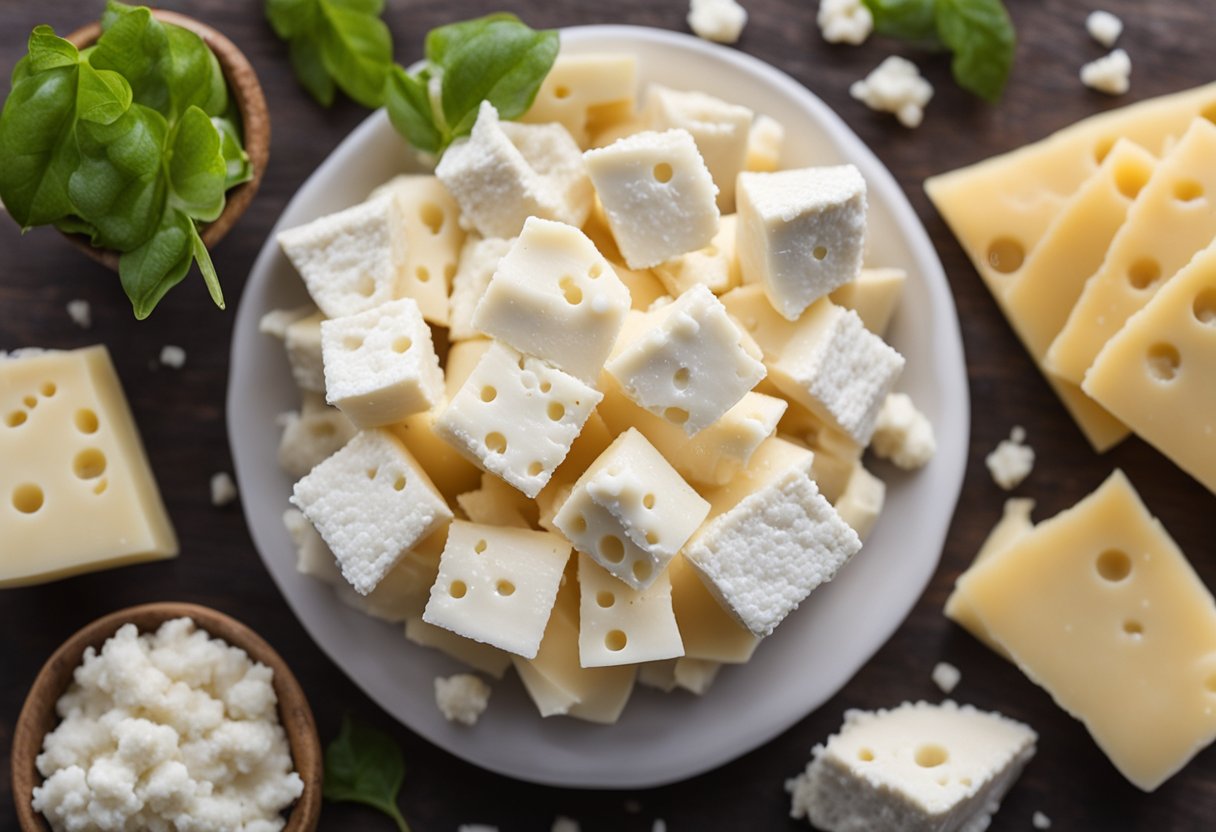
Donkey cheese has a delicate unique aroma and crumbly texture. The shocking price ($1200 per 1 kg) is due to the extremely rare and large volume of milk for production: 1 kg of donkey cheese requires 25 liters of rare donkey milk.
The jennies (female donkeys) are milked by hand three times a day since donkey-milking machines have yet to be invented.
Key Takeaways
- Donkey cheese is a unique and highly sought-after cheese made from the milk of Balkan donkeys.
- Pule cheese, also known as magareći sir or more simply “pule,” is a Serbian cheese made from 60% Balkan donkey milk and 40% goat’s milk.
- Donkey cheese has a delicate unique aroma and crumbly texture and is the world’s most expensive cheese.
What is Donkey Cheese
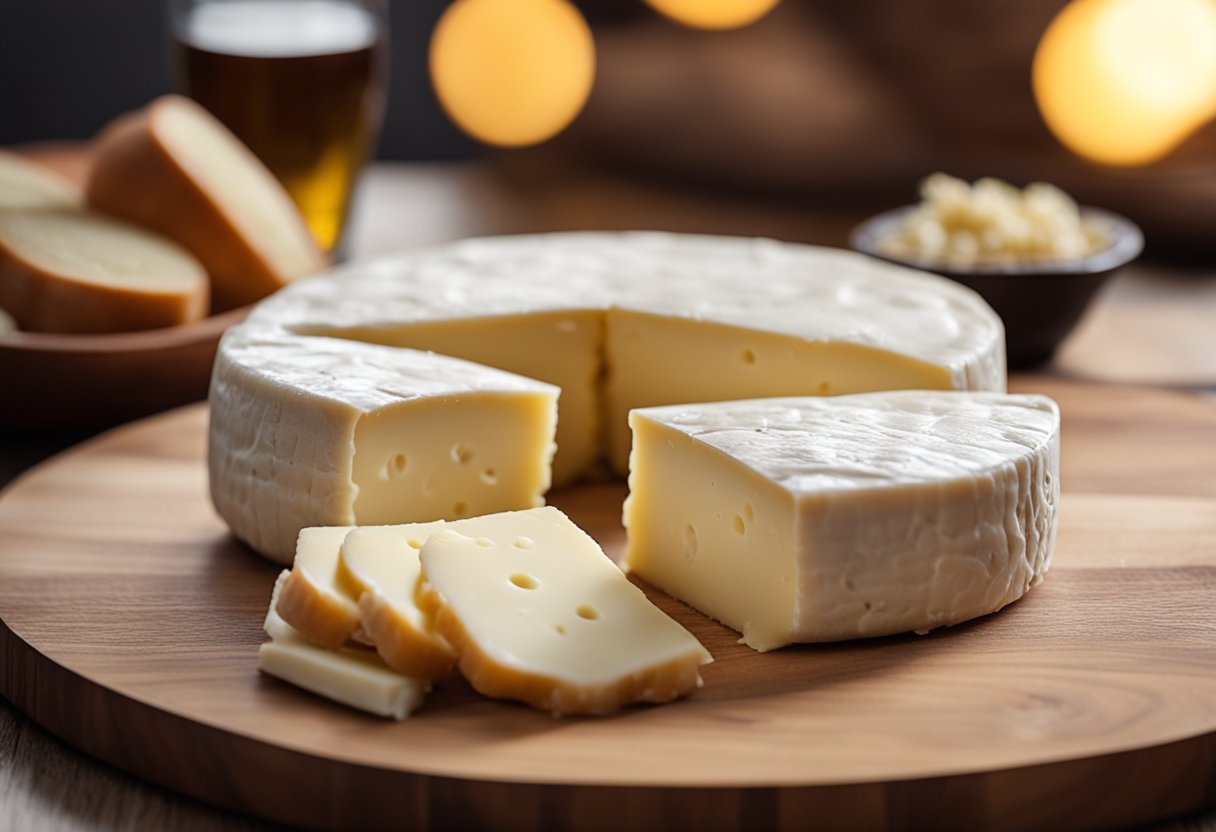
Donkey cheese, also known as pule or magareći sir, is a type of cheese made from the milk of donkeys. It is a rare and exclusive cheese that has gained popularity due to its unique taste and high price tag.
The production of donkey cheese is a complex process that requires a significant amount of time and effort. Female donkeys are milked by hand, and it takes approximately 25 liters of milk to produce one kilogram of cheese.
This makes donkey cheese one of the most expensive cheeses in the world, with a price that can reach up to $1,000 per kilogram.
Donkey cheese has a rich, creamy texture and a unique flavor that is often described as slightly sweet and nutty. It is a versatile cheese that can be used in a variety of dishes, including salads, sandwiches, and pasta dishes.
Despite its high price tag, donkey cheese has a loyal following of fans who appreciate its unique taste and the effort that goes into its production. It is often considered a delicacy and is consumed by royalty and high-end restaurants around the world.
In conclusion, donkey cheese is a rare and exclusive cheese that is made from the milk of donkeys. It is one of the most expensive cheeses in the world, with a unique flavor and texture that is appreciated by cheese lovers around the world.
Origin and History
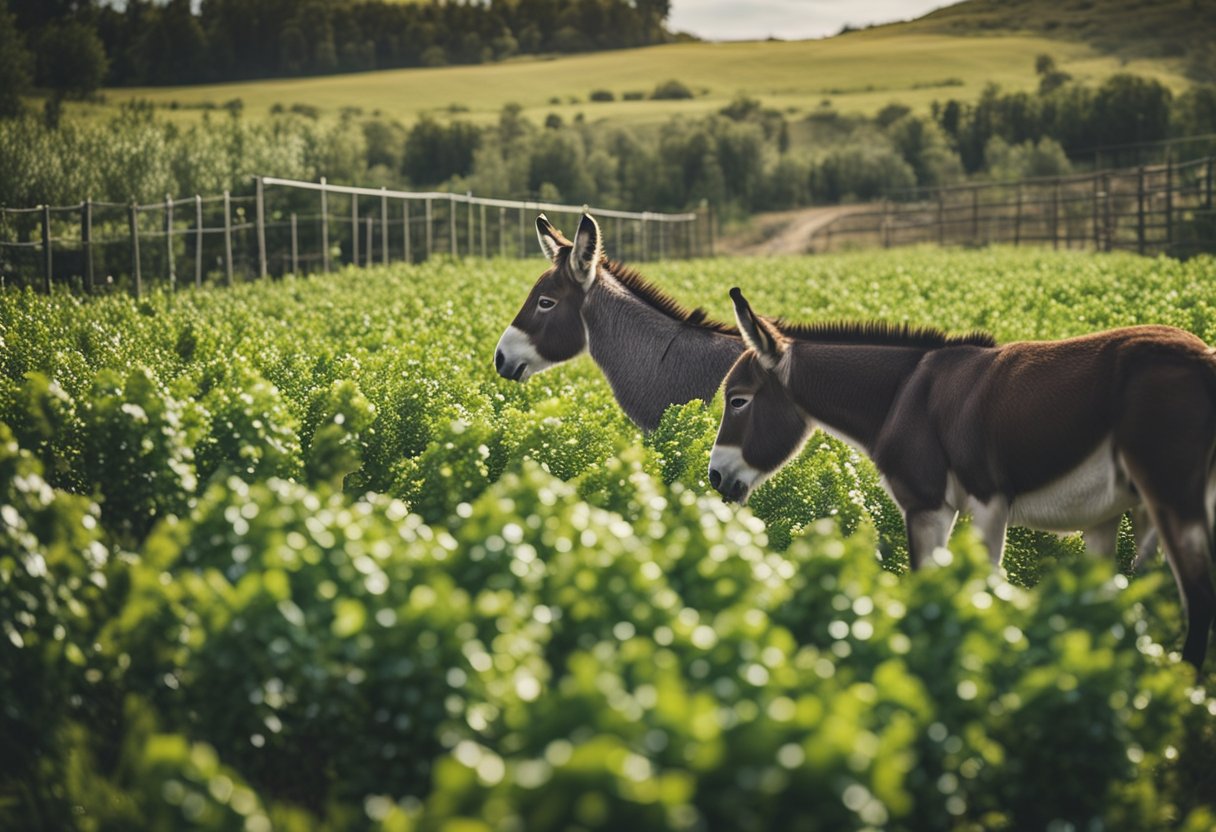
Donkey cheese, also known as Pule, is a rare and expensive cheese made from the milk of Balkan donkeys. It is considered the most expensive cheese in the world, with a price tag of up to $1,700 per pound in 2016.
The production of donkey cheese dates back to ancient times, with evidence of its consumption found in the Mediterranean region. However, the modern production of donkey cheese can be traced back to Serbia, specifically the Zasavica Special Nature Reserve.
The reserve is home to a herd of Balkan donkeys, which are known for their high-quality milk. The donkeys are milked by hand, and the milk is then used to make Pule cheese. The production process is time-consuming and labor-intensive, with one kilogram of Pule requiring 25 liters of donkey milk.
The Zasavica Special Nature Reserve was established in 1997 with the goal of preserving the Balkan donkey breed and promoting sustainable agriculture. The reserve is managed by Slobodan Simić, who has been instrumental in the development of Pule cheese.
In addition to its unique taste and rarity, Pule cheese is also known for its nutritional properties. Balkan donkey milk is high in protein, vitamins, and minerals, making Pule cheese a healthy and nutritious food.
Today, Pule cheese is produced not only in Serbia but also in other parts of Europe, including Italy and the Netherlands. However, the Zasavica Special Nature Reserve remains one of the most renowned producers of Pule cheese, with its Zasavica Donkey Reserve attracting tourists from around the world.
Production Process
As I researched more about donkey cheese, I found that the production process is quite challenging and time-consuming. In this section, I will explain the different steps involved in making donkey cheese.
Milking
First, the female donkeys, also known as jennies, are milked three times a day either by hand or using a milking machine. However, the milking process is done by hand to ensure that the milk is not contaminated and the quality of the cheese is not compromised.
Cheesemaking
Once the milk is collected, it is then processed into cheese. The milk is pasteurized and then mixed with rennet, a natural enzyme that causes the milk to coagulate. The coagulated milk is then cut into small pieces to separate the whey from the curd. The curd is then heated and pressed to remove any remaining whey.
The protein casein in donkey milk is quite delicate, which makes the cheesemaking process even more challenging. The production of just one kilogram of donkey cheese takes from 25 to 30 liters of milk, which is significantly more than what is required for cow or goat cheese.
Donkey Sausage
Apart from cheese, donkey milk is also used to produce donkey sausage. The sausage is made by mixing 60% donkey milk with 40% goat milk and then adding spices and herbs to the mixture. The mixture is then stuffed into casings and hung to dry.
In conclusion, the production process of donkey cheese is quite challenging and labor-intensive. The delicate nature of the protein casein in donkey milk requires careful handling to ensure the quality and taste of the cheese.
Characteristics of Donkey Cheese
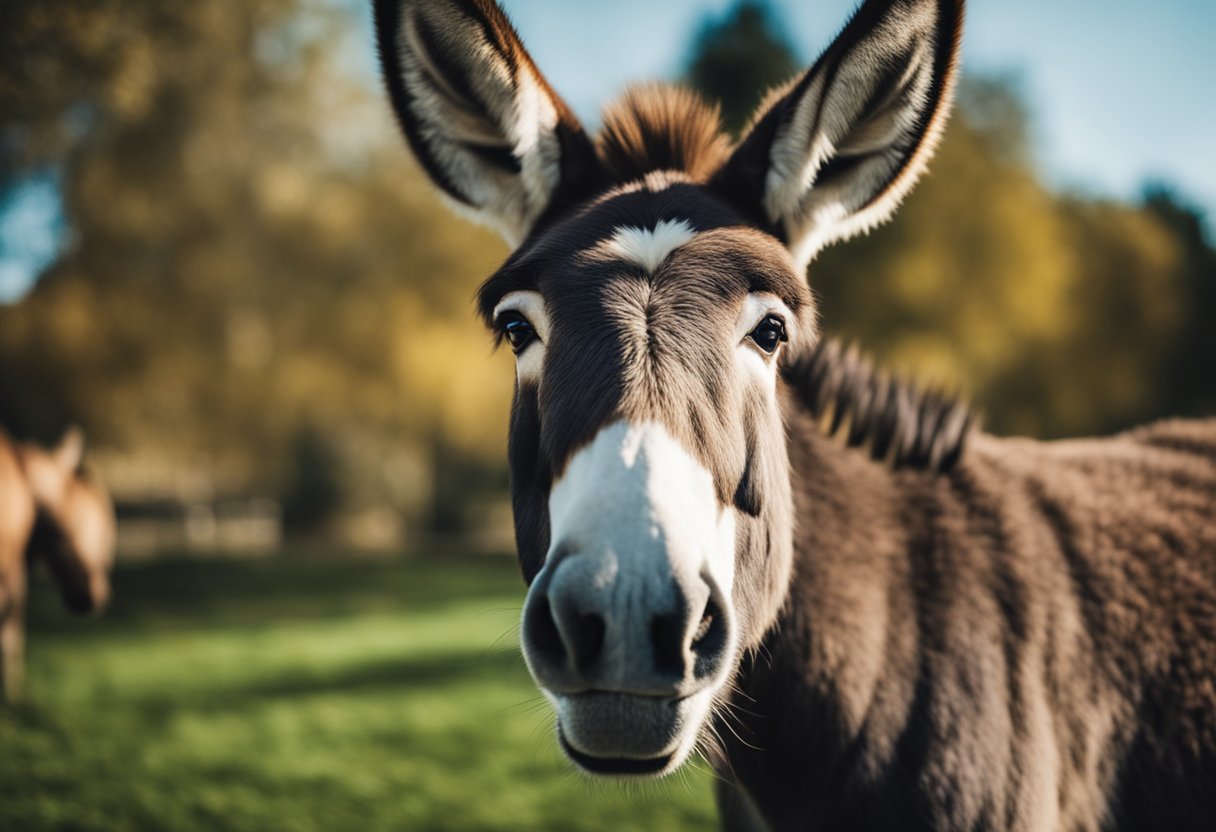
Donkey cheese, also known as pule cheese, is a rare and expensive delicacy made from donkey milk. It is a hard cheese with a crumbly texture, similar to feta cheese. The cheese is made in limited quantities due to the low yield of milk from donkeys, making it one of the rarest and most expensive cheeses in the world.
Pule cheese is a white cheese with a slightly sweet and nutty flavor. It is made from 60 times more vitamin C than regular milk, as well as protein, calcium, and omega-3 fatty acids. It is also anti-allergenic and contains only 1% fat, making it a healthier alternative to other types of cheese.
To make pule cheese, the milk from donkeys is collected and then processed using traditional methods. The milk is heated and mixed with rennet, a natural enzyme that helps to coagulate the milk. The curds are then separated from the whey and pressed into molds to form the cheese.
Unlike other types of cheese, pule cheese does not contain any additives or preservatives. It is a natural product that is made using traditional methods, which gives it a unique flavor and texture.
In conclusion, pule cheese is a rare and expensive delicacy that is made from donkey milk. It is a hard cheese with a crumbly texture and a slightly sweet and nutty flavor.
It is made using traditional methods and does not contain any additives or preservatives, making it a healthier alternative to other types of cheese.
Nutritional Value
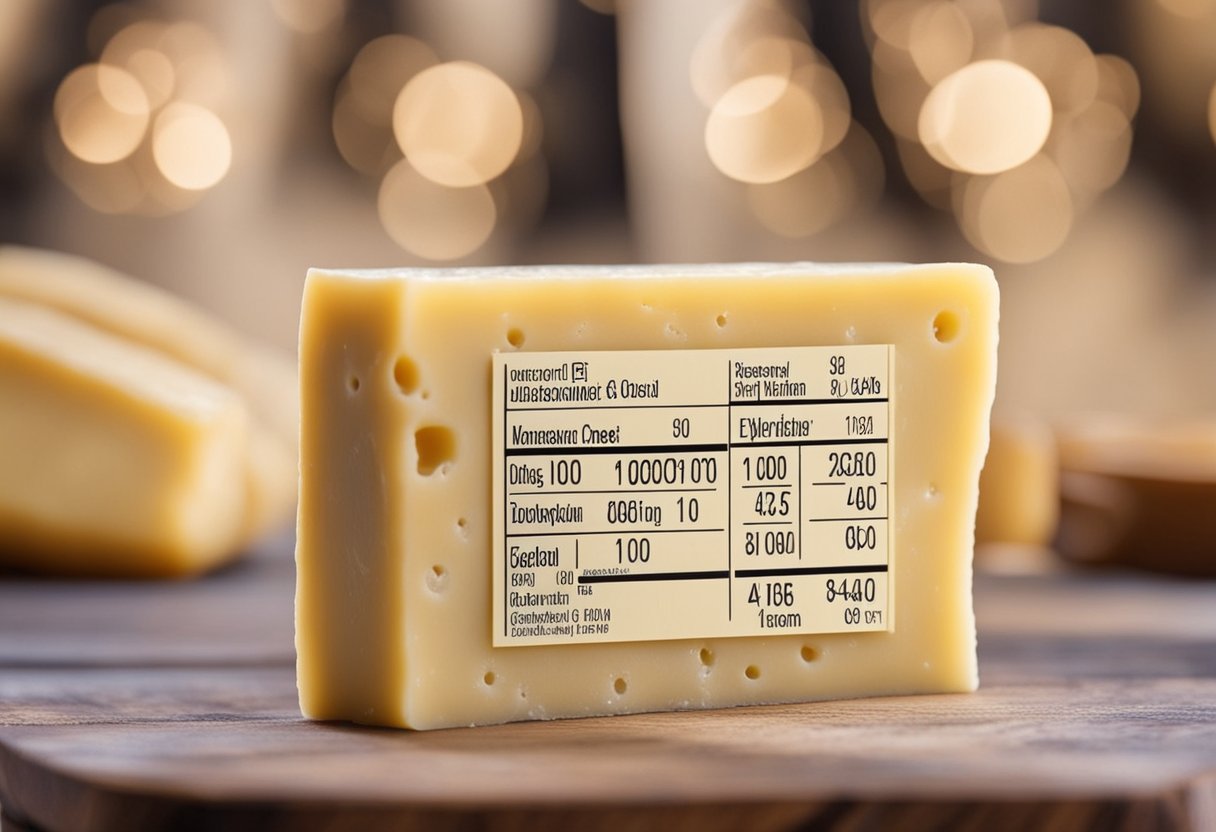
Donkey cheese, also known as Pule, is a rare and expensive cheese made from 60% donkey milk and 40% goat milk. Donkey milk is known for its high nutritional value, making Pule cheese a highly nutritious food option.
One of the key nutritional benefits of Pule cheese is its high protein content. Proteins are essential for building and repairing tissues in the body. Pule cheese is also rich in amino acids, which are the building blocks of proteins.
In addition to proteins, Pule cheese is also a good source of calcium. Calcium is important for building and maintaining strong bones and teeth. It also plays a crucial role in muscle function and nerve transmission.
Donkey milk is also rich in fatty acids, including omega-3 and omega-6 fatty acids. These are essential fats that the body cannot produce on its own and must be obtained from the diet. Fatty acids are important for brain function, heart health, and reducing inflammation in the body.
Another important nutrient found in Pule cheese is vitamin C. Donkey milk contains 60 times more vitamin C than regular milk, making Pule cheese a great source of this important antioxidant. Vitamin C is important for supporting the immune system, promoting healthy skin, and aiding in the absorption of iron.
Lastly, Pule cheese contains a variety of minerals, including potassium, phosphorus, and magnesium. These minerals are important for maintaining healthy blood pressure, supporting bone health, and regulating muscle and nerve function.
Overall, Pule cheese is a highly nutritious food option that contains a range of important nutrients, including proteins, calcium, fatty acids, vitamin C, and minerals.
Cost and Availability
Donkey cheese, also known as Pule, is the most expensive cheese in the world. According to the search results, it can cost anywhere from $600 to $1700 per pound or $1328 to $3748 per kilogram.
This high price is due to the fact that it takes more time and effort to produce donkey cheese than other types of cheese.
There is only one farm in the world that produces donkey cheese, and it is located in Serbia. The Zasavica Donkey Reserve is the only farm that milks Balkan donkeys by hand and produces Pule cheese.
The farm has a herd of about 100 endangered Balkan donkeys that produce the milk needed to make the cheese.
Due to the limited availability of donkey cheese, it is not commonly found in grocery stores or markets. However, some specialty cheese shops may carry it, and it can also be purchased online from certain retailers.
In conclusion, donkey cheese is a rare and expensive delicacy that is only produced by one farm in the world. It takes more time and effort to produce than other types of cheese, which contributes to its high price.
While it may not be widely available, those who are able to try it may find it to be a unique and flavorful experience.
Donkey Cheese in Popular Culture
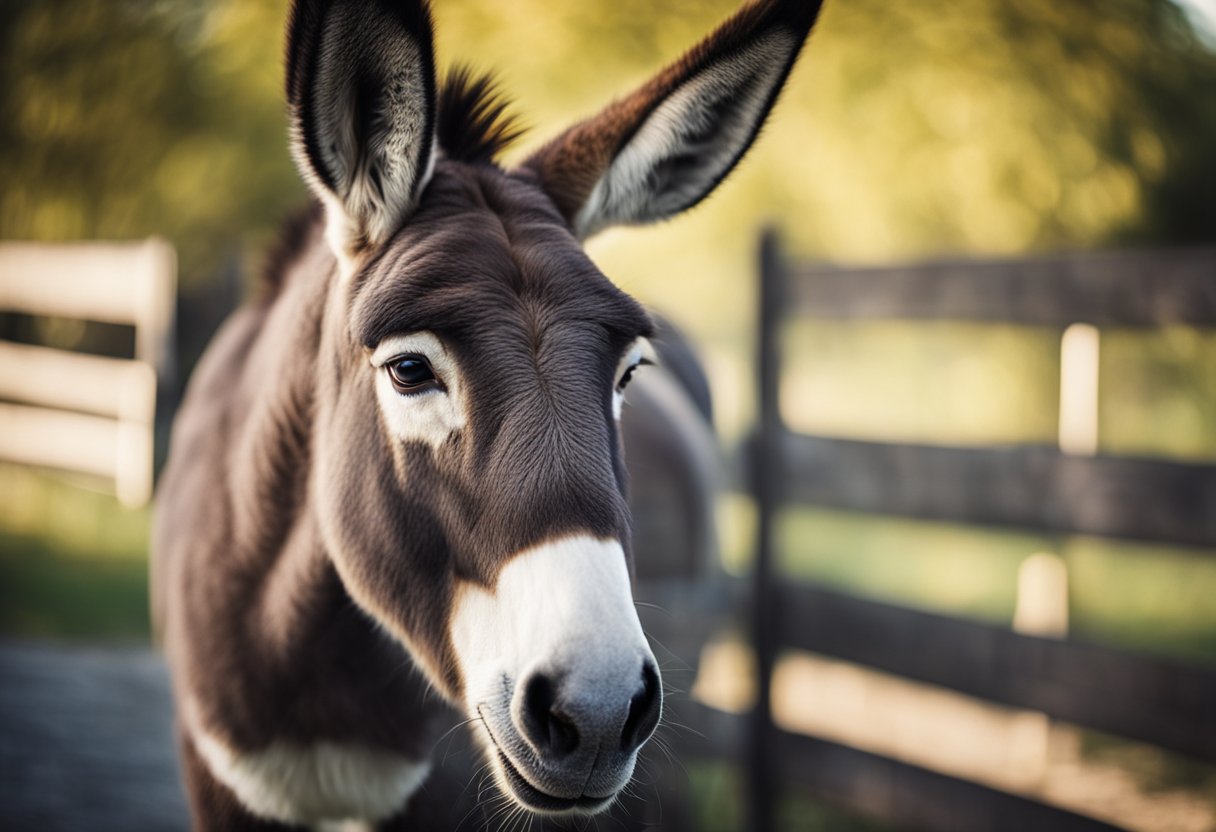
Donkey cheese, also known as pule, has been around for centuries and has been mentioned in various popular culture references. Here are a few examples:
- Novak Djokovic: Serbian tennis player Novak Djokovic is known to be a fan of donkey cheese. In fact, he even bought the entire year’s supply of pule cheese from a Serbian farm in 2012. He reportedly believed that the cheese helped him improve his health and performance on the court.
- Cleopatra: According to legend, Cleopatra, the last pharaoh of ancient Egypt, was a fan of donkey milk. While not specifically about donkey cheese, this shows that donkey milk has been used for its health benefits for a long time.
- Other references: Donkey cheese has also been mentioned in various TV shows, movies, and books. For example, it was mentioned in an episode of the TV show “Top Gear,” and in the book “The Leopard” by Giuseppe Tomasi di Lampedusa.
Overall, donkey cheese has had a small but notable presence in popular culture. Its unique taste and high price have made it a topic of interest for many people.
Donkey Cheese Versus Other Cheeses
Compared to Cow Milk Cheese
Donkey cheese is a unique type of cheese made from donkey milk. It has a rich, creamy texture and a unique taste that sets it apart from other cheeses. One of the main differences between donkey cheese and cow milk cheese is the fat content.
Donkey milk has a lower fat content than cow milk, which means that donkey cheese has a lower fat content than cow milk cheese.
In terms of nutritional value, donkey cheese is rich in protein, calcium, and vitamins. It is also lower in cholesterol than cow milk cheese. Donkey cheese is also easier to digest than cow milk cheese, making it a good option for people who are lactose intolerant.
Compared to Manchego
Manchego is a Spanish cheese made from sheep’s milk. It has a nutty, buttery flavor and a firm, crumbly texture. While donkey cheese and Manchego are both unique and delicious cheeses, they have some key differences.
One of the main differences between donkey cheese and Manchego is the milk used to make the cheese. Donkey cheese is made from donkey milk, while Manchego is made from sheep’s milk. Donkey cheese has a milder flavor than Manchego and a creamier texture.
Another difference between the two cheeses is the price. Donkey cheese is one of the most expensive cheeses in the world, while Manchego is more affordable. However, both cheeses are considered delicacies and are highly sought after by cheese lovers around the world.
In summary, donkey cheese is a unique and delicious cheese that is different from other types of cheese in terms of fat content, nutritional value, and flavor. While it is more expensive than some other types of cheese, it is worth trying for its unique taste and health benefits.
Frequently Asked Questions
Where can I purchase donkey cheese?
Donkey cheese, also known as Pule, is a rare and expensive cheese that is not widely available. It is primarily produced in Serbia, and some specialty cheese shops around the world may carry it. However, due to its high price and limited production, it may be difficult to find.
How is donkey cheese made?
Donkey cheese is made from the milk of donkeys, which is collected and then processed into cheese. The production process is quite challenging, as it requires around 25 liters of donkey milk to produce just one kilogram of cheese.
The milk is first pasteurized, and then rennet is added to coagulate the milk. The curd is then cut and drained, and the cheese is aged for several months.
What is the price of donkey cheese per kilogram?
Donkey cheese is one of the most expensive cheeses in the world, with a price tag of around $1,000 to $2,000 per kilogram. The high price is due to the rarity of the milk used to produce the cheese, as well as the challenging production process.
What makes Pule cheese so expensive?
Pule cheese is made from the milk of donkeys, which are difficult to milk and produce a small amount of milk compared to cows or goats.
It takes around 25 liters of donkey milk to produce just one kilogram of cheese, making it a rare and expensive product. Additionally, the production process is quite challenging, which adds to the cost.
What does Pule cheese taste like?
Pule cheese has a unique flavor that is described as slightly sweet and nutty, with a creamy texture. It is often compared to Parmesan cheese, but with a milder flavor.
What is the world’s most expensive cheese?
Donkey cheese, or Pule, is currently the world’s most expensive cheese. It is made from the milk of donkeys and has a price tag of around $1,000 to $2,000 per kilogram.







